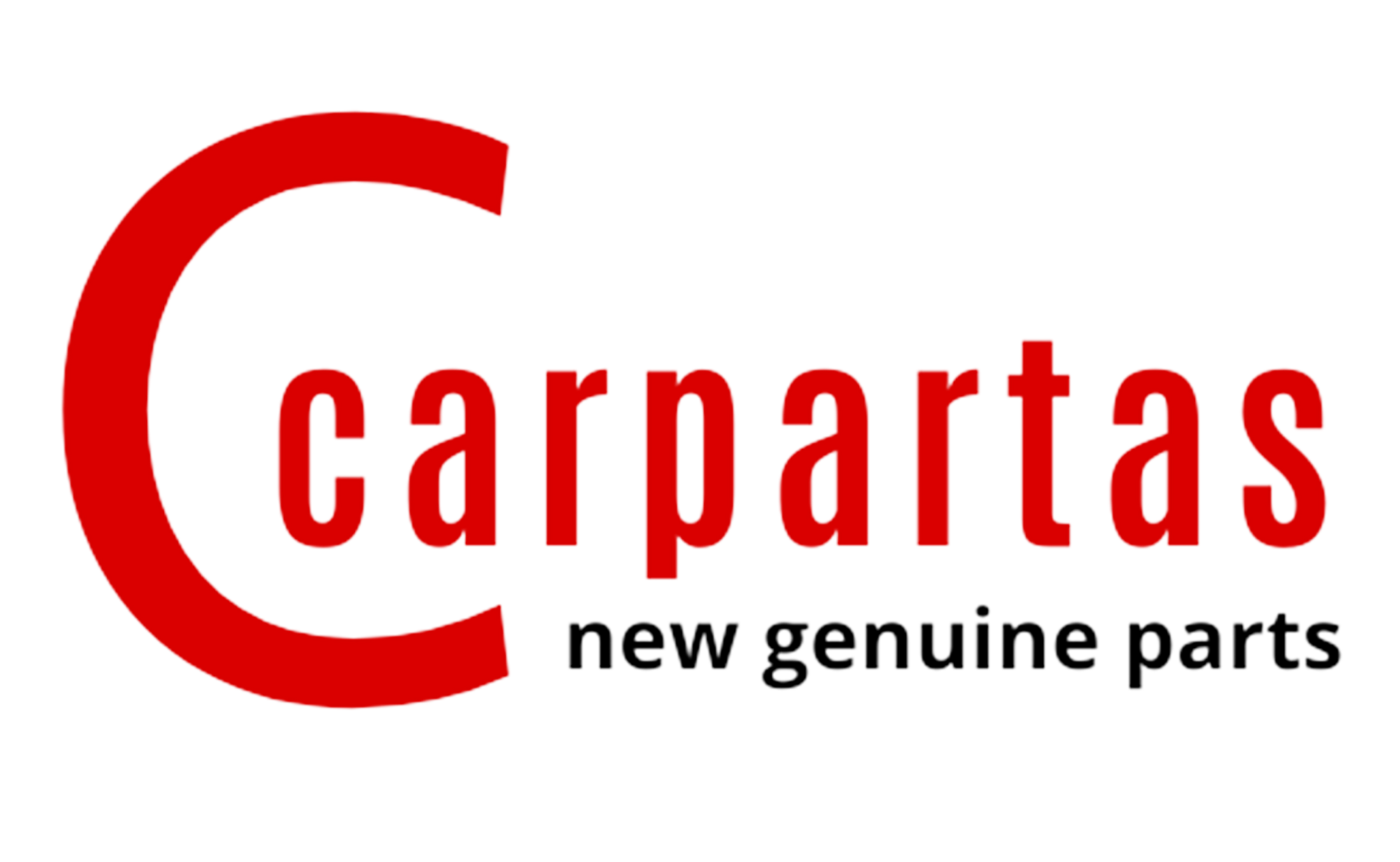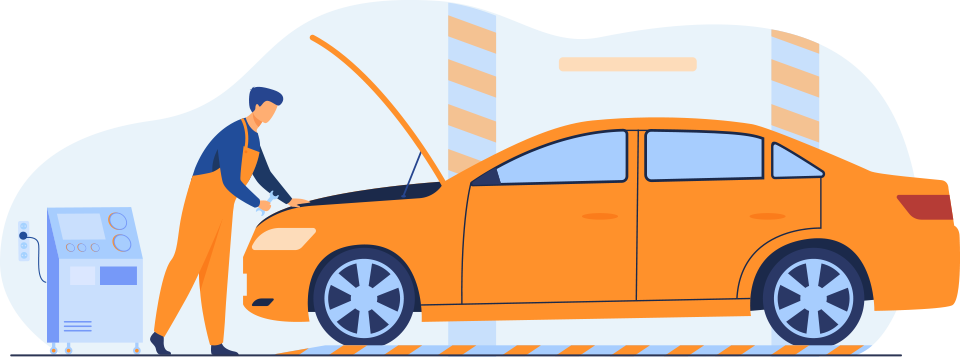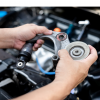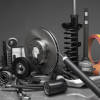Expert Tips for Choosing the Right OEM Replacement Parts
For many new car owners, navigating the world of vehicle maintenance can be overwhelming, especially when finding the right OEM replacement parts. With so many options available online and in stores, it’s easy to get confused or end up with the wrong component. Choosing the correct part is crucial for ensuring your car performs safely and efficiently.
In this article, we’ll share expert tips to help you confidently select the right OEM replacement parts for your vehicle. Having the right OEM part gives you many advantages and guarantees your vehicle stays in top shape.
1. Use Your Vehicle Identification Number (VIN)
One of the most reliable ways to ensure you get the correct OEM part is using your vehicle’s VIN. The 17-character code contains specific details about your car’s make, model, engine type, year, and production details. By providing the VIN to a trusted parts supplier like Carpartas, they can look up the exact parts originally installed on your vehicle. This is especially useful for models that underwent mid-year changes or have different variants under the same model name.
2. Consult Your Owner’s Manual or Service Booklet
Your car’s owner’s manual or service booklet often includes part numbers for common replacement items such as filters, bulbs, and fluids. These documents also provide detailed specifications (like oil viscosity or spark plug type) to match the exact OEM requirements without relying on guesswork or visual comparison.
3. Buy Directly From Authorized Dealerships or Certified Retailers
Authorized dealerships and certified OEM retailers have direct access to genuine parts databases and manufacturer systems. Purchasing through them ensures the parts are authentic, properly cataloged, and backed by a manufacturer’s warranty. While the prices may be higher than aftermarket alternatives, you reduce the risk of receiving counterfeit or poorly fitting components.
4. Avoid Generic Listings on Online Marketplaces
While online shopping can be convenient, many marketplaces list parts with vague or inaccurate fitment information. Unless the seller is clearly identified as an authorized OEM distributor, it’s best to be cautious. Generic listings that claim “universal fit” or fail to provide specific compatibility information often lead to incorrect purchases or parts that require modification.
5. Check the Part Number on the Original Component
If you’re replacing an existing part, check for a stamped or labeled part number directly on the component. Cross-referencing this number with a reputable OEM catalog or parts database can confirm the correct replacement. This method is particularly helpful when the original packaging or service records aren’t available.
6. Ask a Certified Mechanic or Parts Specialist
When in doubt, consult a professional mechanic or OEM parts specialist. They are familiar with common model-specific issues and parts variations that aren’t always obvious from a catalog. Their experience can prevent mistakes like ordering a left-hand drive part for a right-hand drive vehicle or a sensor meant for a different engine configuration.
7. Use Manufacturer Parts Catalogs and Online Lookup Tools
Most automakers or OEM part suppliers offer free online catalogs or lookup tools where you can enter your vehicle’s details and browse compatible parts. These tools are generally more accurate than third-party sites and allow you to view diagrams and part numbers and even order directly in some cases.
8. Understand OEM Part Labels and Packaging
Genuine OEM parts are marked with the manufacturer’s logo, branding, and part number on both the packaging and the part itself. Becoming familiar with authentic packaging can help you avoid counterfeit items, especially when purchasing parts online or from less-known suppliers.
9. Be Aware of Regional Variations in Part Numbers
Some parts differ depending on the country or region your car was manufactured for. For example, the parts of the emission system or safety features may differ between North American and European models. Ensure you’re sourcing parts intended for your vehicle’s specific market, especially when importing or using international suppliers.
10. Don’t Confuse OEM With Aftermarket or OES
OEM (Original Equipment Manufacturer) parts are made by the same company that produced the original parts for your car. OES (Original Equipment Supplier) parts come from the same supplier but may not meet the same standards or come in branded packaging. Aftermarket parts are made by third-party manufacturers and can vary widely in quality. Always clarify the type of part being sold to avoid mismatched expectations.
How to Spot Counterfeit or Fake OEM Parts
While many reliable suppliers like Carpartas can provide quality OEM parts, you may encounter some of their fake counterparts.
Below are the different ways you can tell if you’re purchasing fake or counterfeit OEM replacement parts:
- Analyze the Product Finish and Build: Authentic OEM parts have a clean, uniform finish and are constructed with consistent tolerances. Counterfeit items may show uneven textures, poorly molded edges, or excess flashing (plastic or metal residue from manufacturing) that real OEM parts do not have.
- Assess the Weight and Material: Genuine parts are built using high-quality materials that meet durability standards. Counterfeit parts often weigh noticeably less due to cheaper materials, which can affect their function, especially for engine, suspension, or brake components.
- Evaluate Fitment During Installation: Even if a fake part appears visually accurate, problems may show during installation. Genuine OEM parts slide into place with minimal force, while counterfeit parts may require adjustments, don’t align perfectly, or create gaps once installed.
- Review Shipping Origin and Timeline: Pay attention to where the part is shipped from and how long it takes to arrive. If a supposedly OEM part ships from an unexpected or unrelated country not associated with the brand’s manufacturing or has unusually long delivery times, it may be a counterfeit shipped from a third-party supplier.
- Check for Updated Branding or Packaging Versions: OEMs occasionally update their logos, labels, or packaging. Counterfeiters often use outdated or discontinued versions. Cross-check the visual design of the packaging with the current official branding on the manufacturer’s website or the latest product photos.
- Notice Missing Safety or Compliance Labels: Authentic parts, specifically those related to emissions, electronics, or safety, are typically marked with certification labels (like DOT, ECE, or EPA compliance numbers). A lack of these regulatory markings is a strong indication the part isn’t OEM.
- Look for Irregular Batch Codes or Serial Numbers: Legitimate parts may include production batch numbers or serial codes that follow a standardized pattern. If a code appears random, inconsistent or doesn’t match known OEM formats, the part’s authenticity is questionable.
- Check for Odd Odors or Residue: Some counterfeit rubber or plastic parts emit strong chemical odors or come coated in unusual residues. Authentic OEM parts are manufactured under strict quality controls that prevent this issue.
Purchase Reliable OEM Replacement Parts by Calling Carpartas Now!
You should always choose trustworthy OEM parts suppliers if you want your money’s worth. That’s what you can expect when buying from Carpartas! We offer a wide range of OEM parts for various car brands, such as BMW, Volkswagen, Seat, and more. We also provide worldwide shipping to ensure we cater to every client, no matter where they’re from. And if you have any issues with your product, we will accept returns depending on the situation.
Contact us right away if you need more details about our OEM replacement products.










